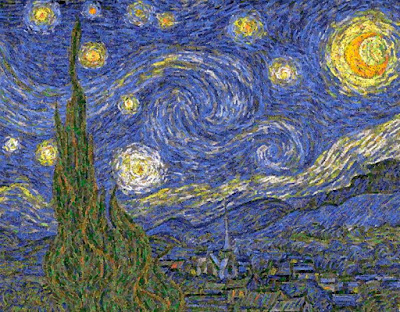 | |||
| Adobe Museum of Digital Media, www.adobe.com/adobemuseum |
The Adobe Museum of Digital Media (AMDM) is a unique virtual space designed to showcase and preserve groundbreaking digital work and to present expert commentary on how digital media influences culture and society.
The museum is an ever-changing repository of eclectic exhibits from diverse fields ranging from photography to product development to broadcast communications. To inspire fresh conversation on the constantly evolving digital landscape, exhibits are overseen by guest curators, each of whom is a recognized leader in the field of art, technology, or business.
The AMDM is a space unlike any created before. Because it is entirely digital, it is an ideal gallery for displaying and viewing digital media, as well as revealing the innovation and artistry within the work. It is open to the public 365 days a year and is accessible from anywhere in the world. source: http://www.adobe.com/adobemuseum/






